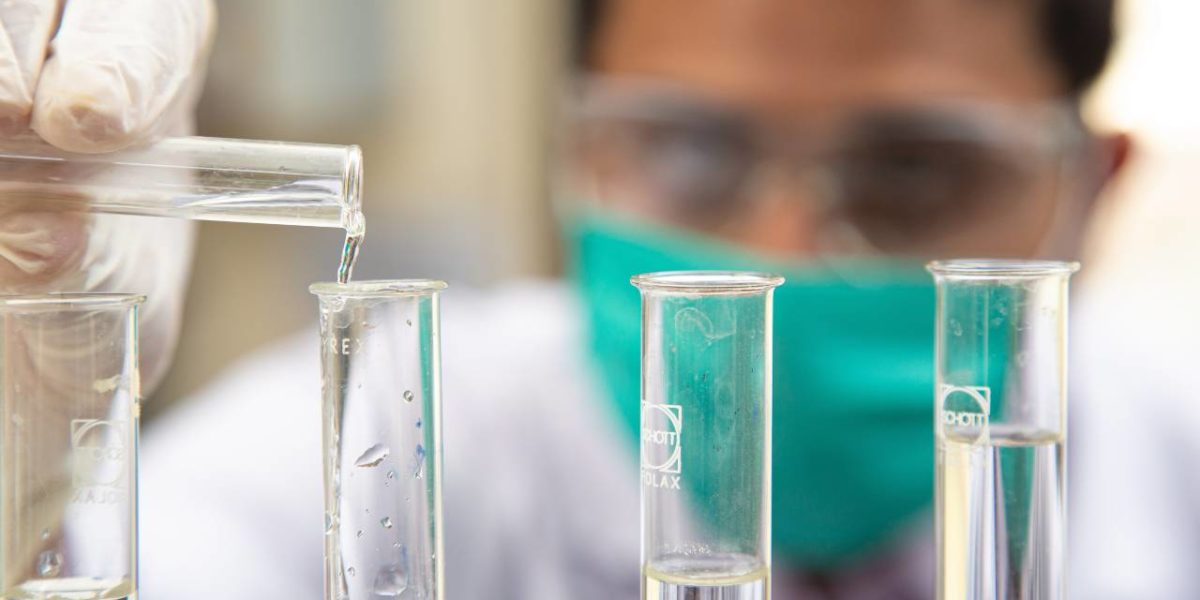With the onset of winter various kinds of throat and respiratory tract infections are on the rise. Ontario and the federal government both are doing all efforts to develop new medicines to control the spread of microorganisms and their new variants.
Before the discovery of Penicillin by Alexander Flemming at St. Mary’s Hospital, London in 1928, having a simple scratch could lead to an infection that could kill. Naturally occurring chemical elements and chemical compounds were historically used as therapies for a variety of infections. Halogen compounds of chlorine, bromine, and iodine, and mercury containing compounds were used to treat infected wounds and gangrene. The written records about the use of medicinal plants date back at least 5,000 years to Sumerians. In the ninth century A.D., Arab scientist Geber Ibne Hayaan gave the theory which says purity leads to cure and impurity to disease, then some parts of society started purification and separation of medicinal herbs.
After COVID-19 pandemic, awareness and the need to focus on life-threatening infections has rapidly increased and researchers are working round the clock to prepare new medicines and vaccines.
One of the most serious threats is the development of resistance in microorganisms against antimicrobial medicines. Antimicrobial is a medicine that kills microorganisms like bacteria, fungi, molds and viruses. They include antibiotics, antivirals, antifungals, and antiparasitics. They are used to prevent and treat infections in humans, animals and plants.
With the excessive use of antimicrobial medicines, antimicrobial resistance is increasing, and microbial pathogens (disease causing) are rapidly evolving to become resistant. According to a University of Calgary 2016 analysis at least 700,000 people die every year due to drug resistant infections. It means the germs develop the ability to defeat the medicines formulated to destroy them, they suppress the medicinal effects and continue to grow, making infections harder or impossible to treat.
Antimicrobial resistance (AMR) is always there to some extent in all germs, but with the constant exposure to medicines, the degree of resistance increases, and a time comes where a new variant is mutated or the prevailing one becomes fully resistant to that medicine.
Superbugs are strains of bacteria, viruses, parasites and fungi that have already become resistant to most of the antibiotics and other medications commonly used. A few examples of superbugs include the bacteria that can cause pneumonia, urinary tract infections and skin infections.
High rates of resistance for some common bacteria have been found worldwide which shows we are running out of effective antibiotics. For example, the rate of resistance to ciprofloxacin (Fluoroquinolone), a medicine commonly used to treat bone and joints infections, skin infections, infectious diarrhea and urinary tract infections varied from 8.4 per cent for E. Coli (Escherichia Coli) to 92.9 per cent. There are many countries where this treatment is now ineffective in more than half patients.
The World Health Organization (WHO) has recognized AMR is one of the top 10 global public health and development threats, and it has become a serious challenge for chemists, doctors and pharmaceutical researchers to find rapid solutions.
The main drivers of antimicrobial resistance include the misuse and overuse of antimicrobials, lack of access to clean water, sanitation and hygiene and poor infection and disease prevention, less access to quality affordable medicines, vaccines and diagnostics, and the lack of awareness and knowledge.
New antibiotics are urgently needed, and we need to invest in research and development. We also need to reduce unnecessary use of antimicrobials to avoid changes in the behavior and structure of pathogens (disease causing germs), which occurs through an evolutionary action inside the pathogen.
The cost of AMR to the economy can’t be ignored. In addition to death, prolonged illness results in longer hospital stays, the use of more expensive medicines, increased cost of treatments, disappointment and frustration in patients. All of which becomes a burden on both patients and the health care system.
In Canada, antibiotic use and antibiotic resistance are monitored regularly in healthcare settings and in our food chain, through four surveillance systems:
The National Microbiology Laboratory of the Public Health Agency of Canada, contributes to research and surveillance by:
- providing services to provincial public health and hospital laboratories that help confirm antibiotic resistance in bacteria,
- supporting outbreak investigations.
- conducting research to identify new technologies and methodologies that could influence both antibiotic use and the identification of resistant bacteria.
In 2018-2019 US government accelerated to fight against AMR and more than 350 organizations across the globe came closer to commit the slowing down of AMR. The challenge kicked off and concluded at United Nations General Assembly side events in 2018 and 2019.
The five commitments made were:
1-Track, share and improve data collection.
2-Reduce the spread of resistant germs.
3-Improve antibiotics use including ensuring to reduce unnecessary use of antibiotics and use them only when needed.
4-Decrease antibiotics and resistance in the environment, including improving sanitation.
5-Invest in development of vaccines, therapeutics and diagnostics, development, and improved access
Our efforts are always a key to success, but we need to practice what we say.




